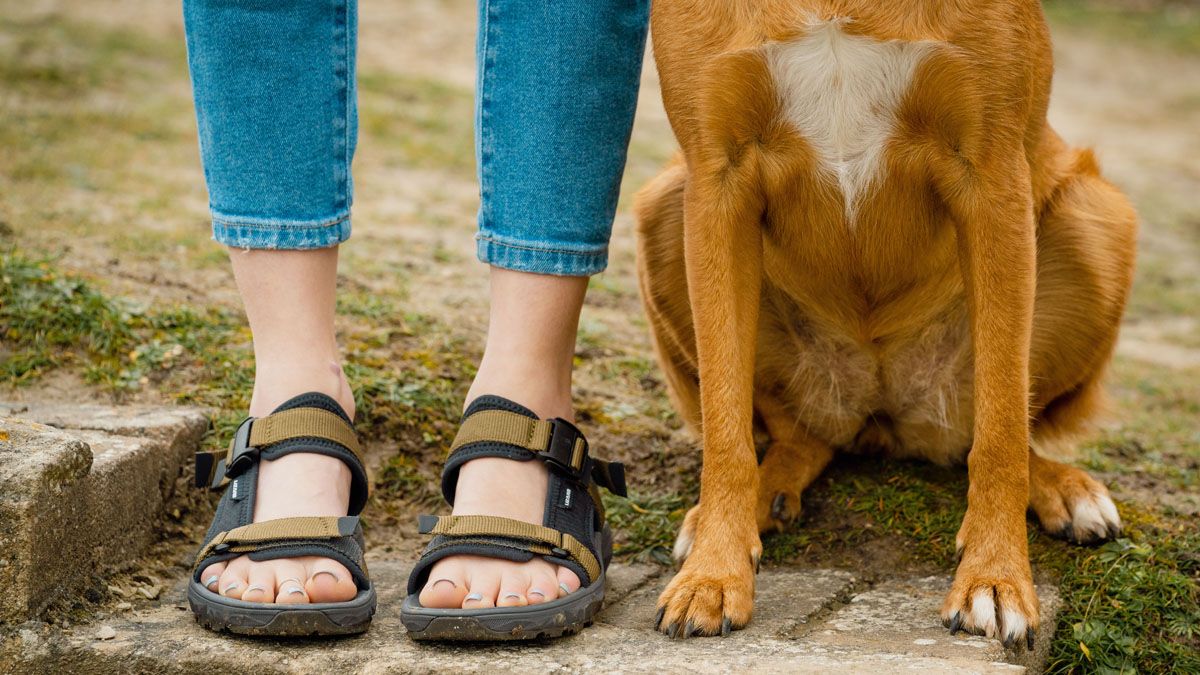7 Tips For Mindful And Eco-Conscious Outdoor Adventuring Out On The Trail
Hitting the trails is one of the most immersive ways to indulge in nature's offerings and reconnect with our unplugged selves. There are abundant benefits to our mind, body and soul that spending active time outdoors can provide for us. Whether it’s the woodland or coastline, even the shortest of walks have become a ritual for many as we seek more nature to balance our technology-heavy lives.
Like our other travel movements, we hold the responsibility of the literal and metaphorical environmental footprint we leave when heading out on an adventure. Being environmentally conscious means keeping the earth in mind, and that influences the way you behave and consume. For example, actively making choices that support sustainable and regenerative practices. So, with that, here are some ideas on how to stay mindful of the environment whilst planning your next adventure in the wild;
1. Conscious Consuming
A step you can take before heading to the trail is consciously considering what and where you buy your gear. When making new purchases, it’s more of a shift in state of mind that make you consider the greener option - buy better, buy less. We’re fortunate enough to have the world at our thumbs, allowing us to research honest brands that create high quality products. It is these mindfully chosen pieces of kit that will be exploring with us for years to come. Lightweight, durable and versatile are key features you’ll want to look for when making a purchase. This will ensure long-lasting, multifunctional pieces to accompany you, wherever you choose to travel.
Choose your shoes wisely. Your feet will thank you for treating them to comfortable, breathable and supportive footwear whilst they are hard at work manoeuvring you through the wilderness. From the LIZARD range of hiking sandals and walking sandals, The LIZARD TREK sandals prioritise ultimate comfort and boast a competitively lightweight feel. Double Velcro closures make for a snug foothold even on lengthy routes and the sandal upper is made of 100% recycled webbing, means the TREK sandal lowers its environmental impact, without compromising its performance. The versatility of these sandals means they can accompany you from the forest floors to coastal cliffs and the allow your feet to breathe as well as being supportive and functional when required. This is both a sandal for women and sandals for men. This is exactly what you want to look for in your core kit purchases. With over a century of Italian shoemaking craft in their history, LIZARD footwear are the ones to trust with your outdoor footwear choices.

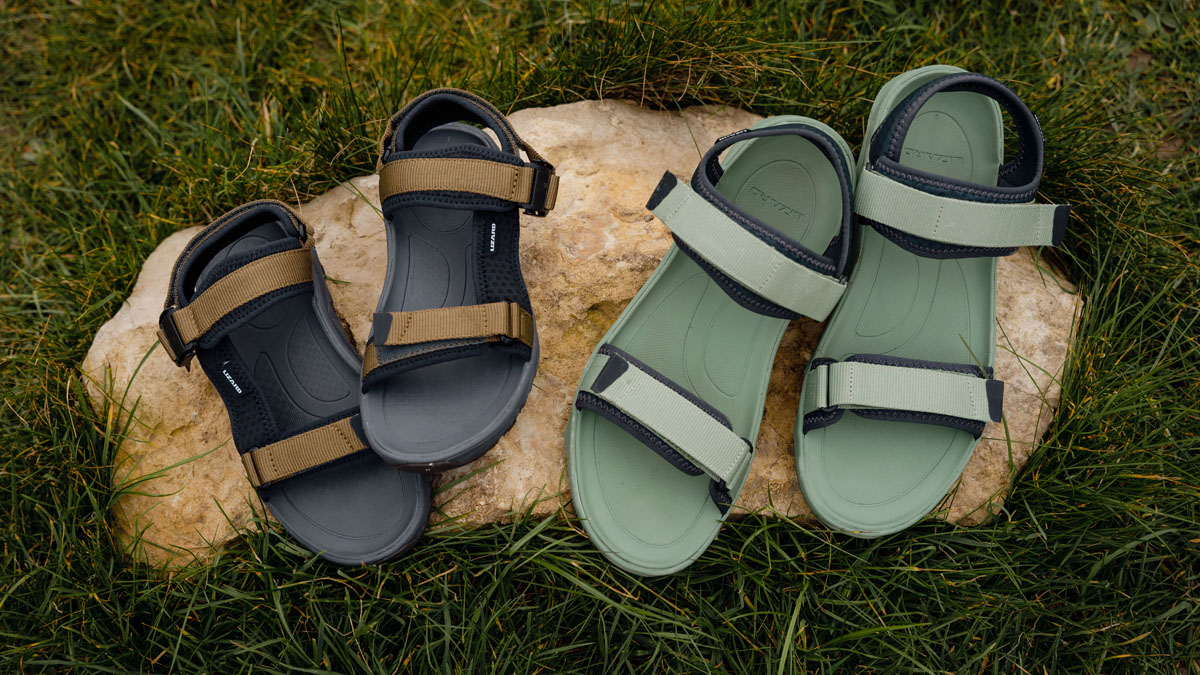
Do you already own items that could be utilised or repurposed for your adventure? Or could any of your friends lend you the pieces of kit that you don’t own? When it comes to filling the gaps in your packing and buying new kit, it’s a great opportunity to make mindful choices that the earth will thank you for. Second-hand platforms such as eBay or Facebook Marketplace are excellent for things like backpacks and tents, which you can often find in great, barely used condition. Buying second hand pushes us towards a more circular economy, where items are loved for longer and kept away from landfill.
Reusing gear goes beyond just what you wear. Reusable water bottles, food containers and tissues (yep, tissues), make for lasting alternatives that help to reduce the number of items heading straight to landfill after one use. They can come with some cool features too. Check out the insulated food jars from Hydroflask, they’re leak-proof and keep hot food hot and cold food cold plus a lifetime guarantee. Acting for the good of the planet is both inspiring and empowering. So, reuse, donate or share your kit and encourage others to do the same.
2. Living Slowly
The lifestyle that embodies a slower pace pushing towards simplicity and sustainability. The term has gained a lot of traction in recent years as more people value more meaningful experiences and are reducing impulsive consumerism. There are no defined rules to this movement. It’s more of what you’re deciding not to do, than do.
The slow food movement is what ignited the broader, slow living concept. The manifesto came to be in Italy, 1989 and recognises ‘strong connections between plate, planet, people, politics and culture’. It encourages being more in touch with your food, eating seasonally, eating locally and planning meals to reduce food waste. More recently, there's an increased focus on seeing where you can opt for plastic-free packaging to lessen the footprint. Foraging has also increased in popularity as we desire more knowledge and a relationship with our food. It’s a fun one to try when out in the wild or on a camping trip, as it adds another level of achievement when you cook with things you’ve found along the route. This allows your to eat more seasonally and locally, often limiting your carbon footprint. Only eat when you’re 100% sure of its identity though.
A slow, intentional approach to life is one that engages more deeply in the things you do to feel more fulfilled. It’s about defining what is most important to you and prioritising those things. Spending time in nature is at the core of the slow living notion. It can provide that beautiful sense of calm and perspective of what we really ‘need’ to feel happy and comfortable. Becoming more mindful towards what we eat, what we wear and how we behave will have a direct impact on what kind of environmental impact we have.
Tom and Amy, AKA Van Monkeys, are a couple of self proclaimed free-spirits who left the typical structure of life for a van-shaped one. They value their freedom and the ability to explore outdoors, so they left their demanding jobs behind to curate their sweet spot in the work life balance. Less became so much more for them and happiness is in the simple things - like their dog Frankie! Who they describe as their fun companion who makes them laugh, is always up for an adventure and motivates them to get outside - whatever the weather.
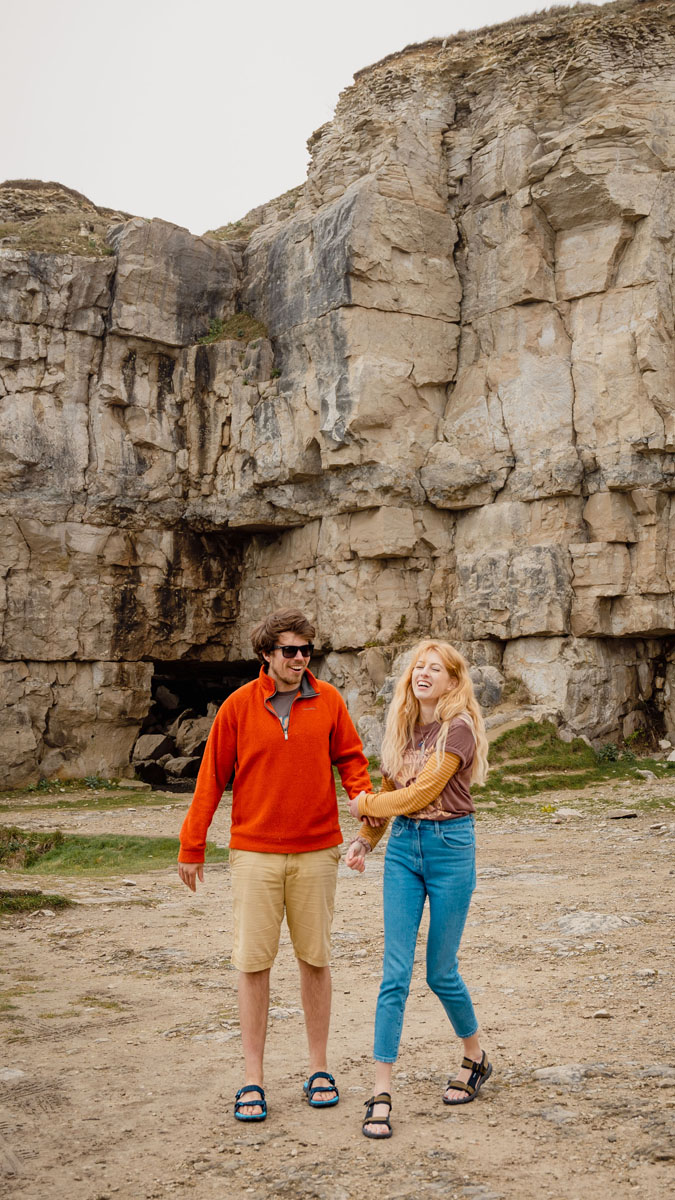
3. Plan. And then plan some more.
When curating any expedition or adventure, no matter how big or small, planning is vital for a smooth and efficient experience. Getting to know the area you’ll be exploring is key for a harmonious trip. Weather, terrain and wildlife are variable factors that are worth spending time preparing for. Planning will not only give you peace of mind but also help you mindfully allocate your resources. Food and fuel are resources that you can control that directly affect your environmental impact. Working out the most efficient routes and arranging your meals help to reduce this footprint.
The Van Monkeys collective say the planning phase is the most vital for successful adventures. They look for park up spots for their van trips well in advance and keep multiple options available just in case. This reduces the amount of time and fuel that they waste. Their top planning tip: “take a printed [or downloaded copy] of important documents and maps in case of areas with limited signal!”
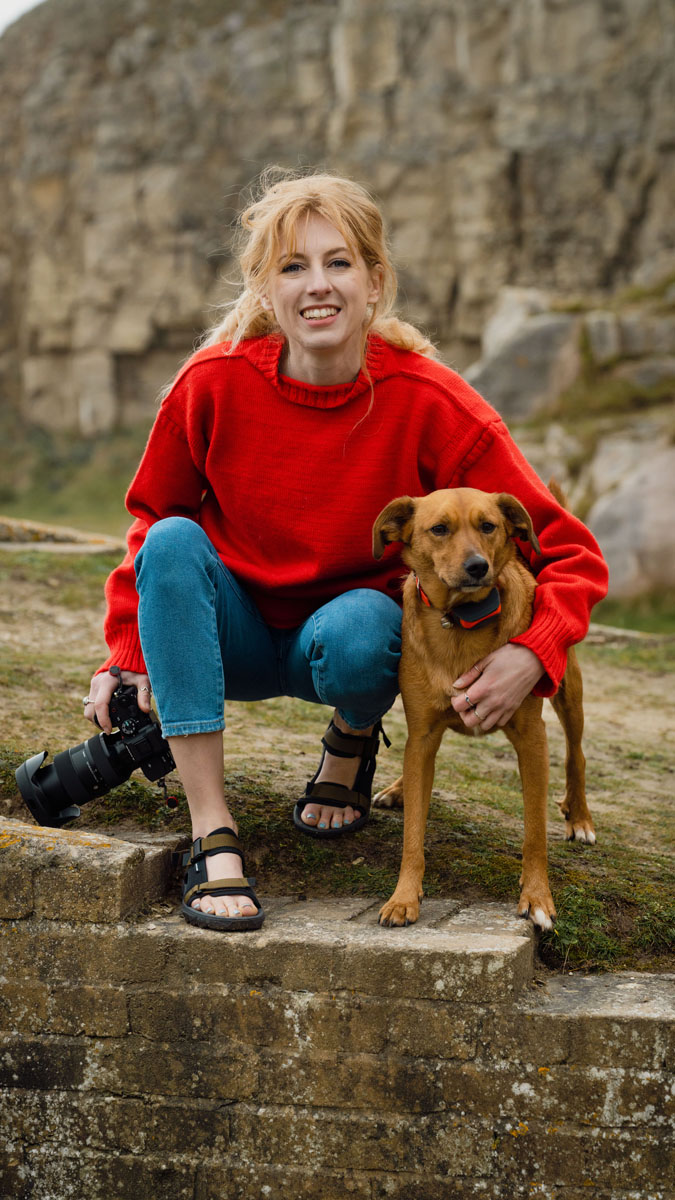
4. Travel Smart
Ok, so you’ve chosen an epic location for your weekend hike. So, how will you get there? The first way to reduce your trip's environmental impact can be as simple as choosing public transport over driving. It’s likely that catching a bus or jumping on a train is a cheaper option than driving and naturally reduces the amount of fuel used. Now this won’t always be an option if you’re heading somewhere more rural. Carpool networks are a popular way to reduce the emissions of your journeys by sharing the drive with someone already heading that way. You could research local groups on Facebook or try hiking community forums.
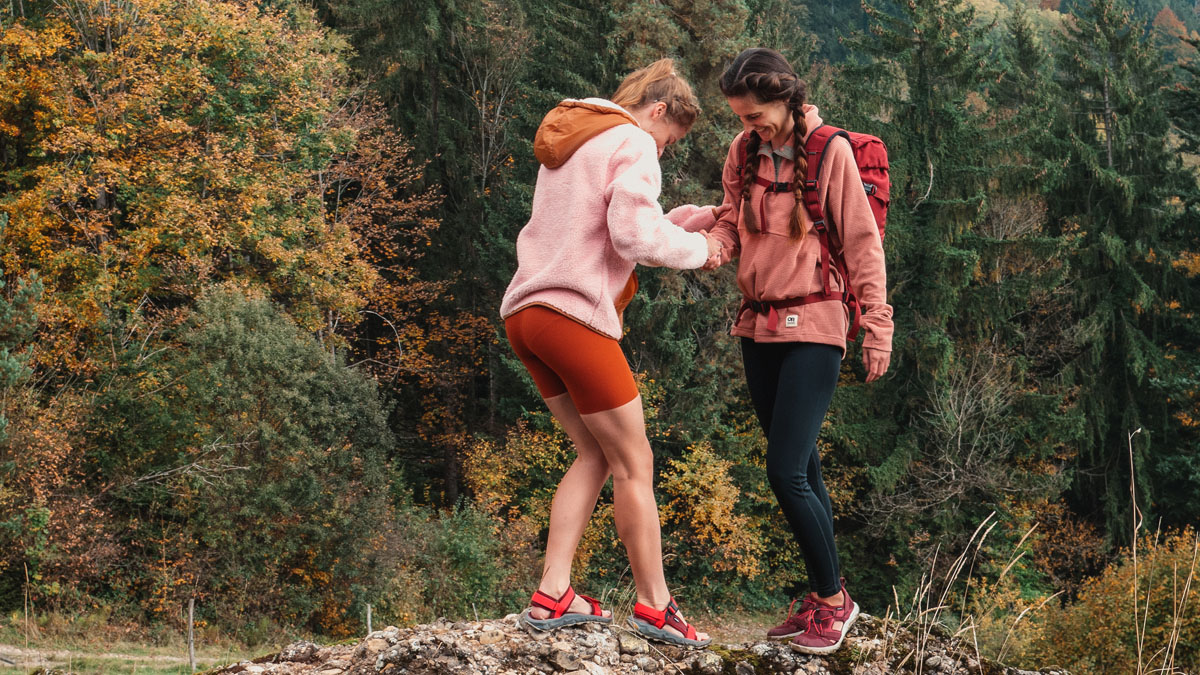
On that note, perhaps a stunning location for a hike can be right on your doorstep. Have you explored the hidden spots nearest to where you live? Keeping it local can benefit you by keeping travel costs low, with less fuel consumption making for a greener trip. It also takes away an element of logistical planning, leaving more time for the fun stuff. Exploring where you’re from offers a beautiful opportunity to learn more about the local area and refresh your appreciation for your home turf.
5. Leave Nothing, Take Nothing
A straightforward concept but crucial. In short, treat everything natural as if it belongs *exactly* where you find it. Leaves, rocks, flowers, seashells, trees, everything! Whilst the impact of you taking a single flower or rock as a memento may seem insignificant, it is the accumulative effect of every small change made by humans that creates long-term significant damage. This includes taking any bark or branches from living trees for fires or hammer in nails to trunks for hammocks or tent lines. There is delicate harmony in wild spaces and a respectful visit means we have an absolute minimal impact on this.
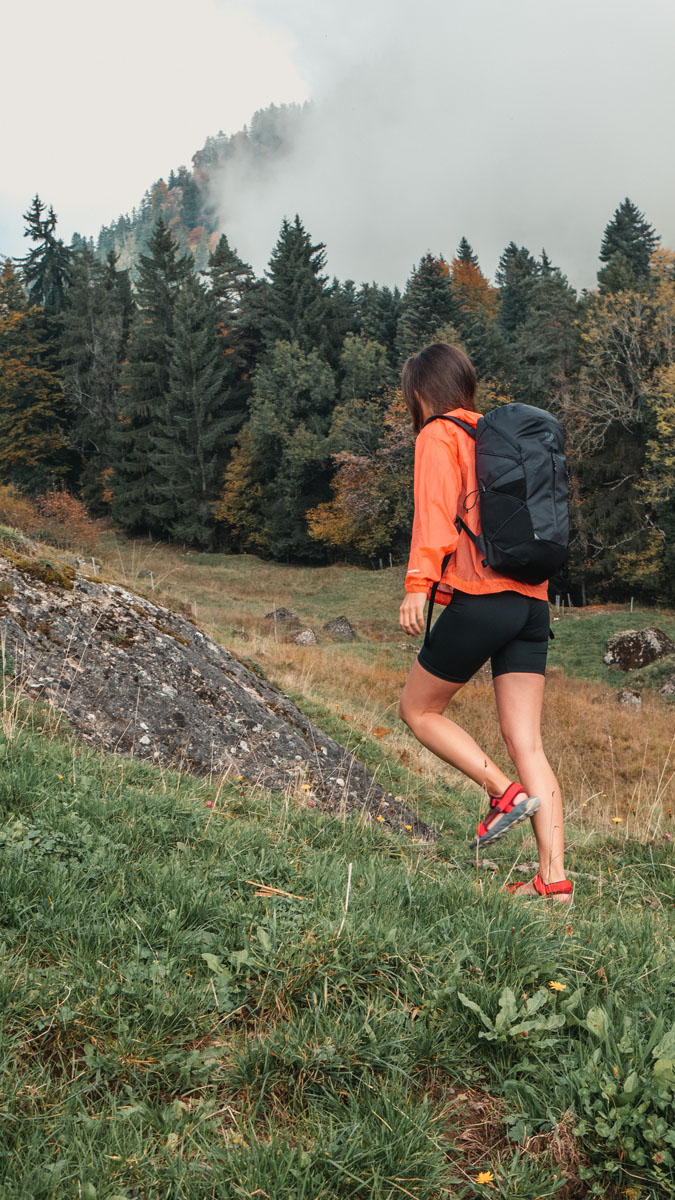
Pack it in, pack it out. This means whatever you take out on the trail with you, comes home with you. Keep track of every piece of waste and count them back into your luggage. Ziplock bags or reusable containers are handy to keep in your pack for this, to keep it separate from the rest of your belongings. Having a dedicated waste vessel also means you can pick up any other trash you may find along your route too.
6. Nature-friendly Camping
Where possible, camp in approved spots. Whilst we love to gain inspiration from dreamy Instagram posts and guides, reducing traffic to a heavily visited area is one of the best practices for low-impact camping. There are a few key tips for responsible camping; keep at least two hundred feet from any water source, choose durable ground where possible, move your campsite daily and ‘re-naturalise’ the site before you leave by brushing up footprints and flattened spots to cover your tracks. For a more thorough guide, check your local bylaws and nature guides.
Stick to the trail. Marked trails provide safe routes for hikers, flora and fauna alike and it is widely encouraged that you stick to them. This is simply to protect the land and avoid accidents on any potentially unstable terrain. Tread with caution over any soil or grassy areas as they are more fragile.
Campfires can create a lovely ambience. They are rooted in the traditions of expeditions but not a necessity. If you’re considering cooking a hot meal over the flames, try a portable stove. Inexpensive and suitable for most weather conditions, there's a stove to suit every hike. Warmth can be provided with a high-quality blanket and a good pair of thermals, which also eliminates that post-fire smoky smell. This helps to protect the land from scorching and not disturbing the wildlife.
7. Love Thy Hiking Neighbour
An important element to hiking is keeping the community a safe and positive place to be. Nature provides a therapeutic respite to many, so being kind and respectful should be a no-brainer when you encounter your fellow hikers. This means keeping a quiet and courteous presence, keeping your voice down and avoiding audible phone alerts; being out on the trail also means digital detox for a lot of people.
This goes for wildlife, too. Travelling quietly and calmly will reduce the amount of stress caused to animals. Encountering beautiful creatures whilst out trekking is a perk to any trip, and we should consider it a privilege to share their habitat. Silently observe them when you cross paths. Don’t be tempted to try and touch, feed or pick up any wild animals. Plus, not posing any kind of threat will keep you safe from any defensive movements they might make. Do however, bring your camera and take snaps to cherish forever.
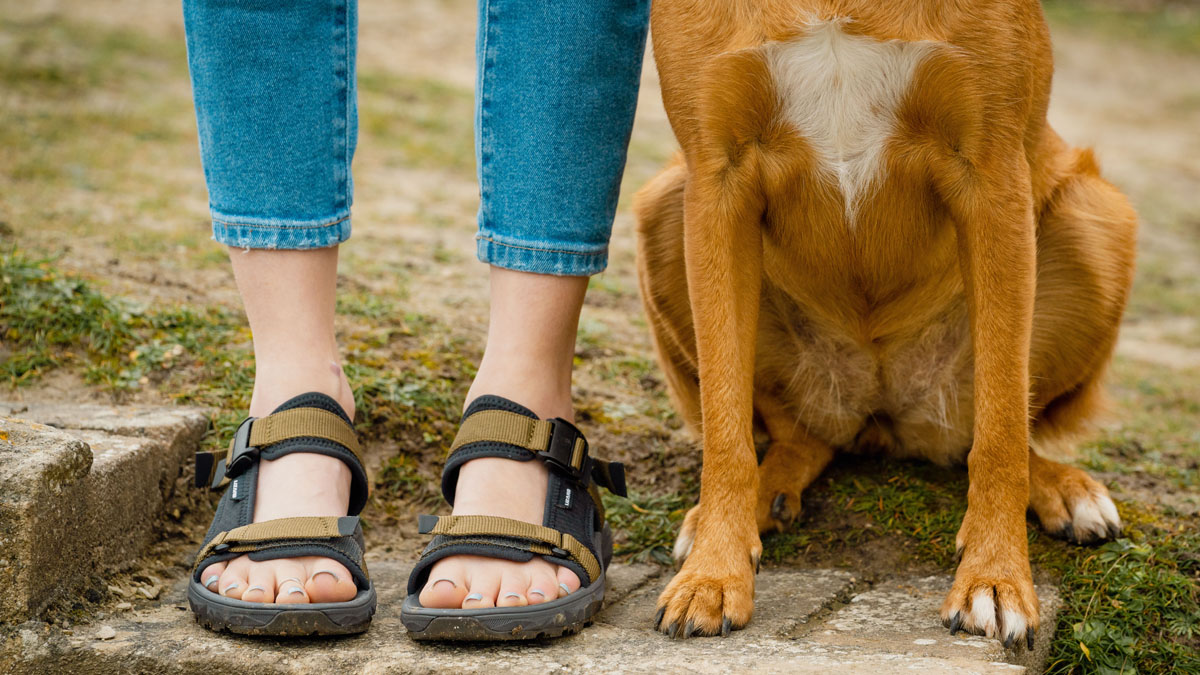
‘Leave No Trace’ is a non-profit organisation whose established set of seven principles are inspiring people globally to minimise their impact on the environment when heading out into the wild. These simple, ethical guidelines encourage the preservation and avoidance of harm to nature during our adventures. It’s a great resource to check out when planning your trip.
The global hiking community is one that shares a deep appreciation for spending time in the natural world. If this sounds like you, maybe you’ll find your people out on the trail and they will probably have some stories to share! There are Facebook groups and online communities that are great for connecting with people. Passionate communities of hikers across Europe that share trail reviews and are driven to make hiking excursions more sustainable.
Whatever your adventure, bear these tips in mind to keep your journey more mindful of the earth as you live life on the move!

